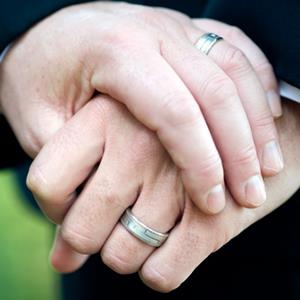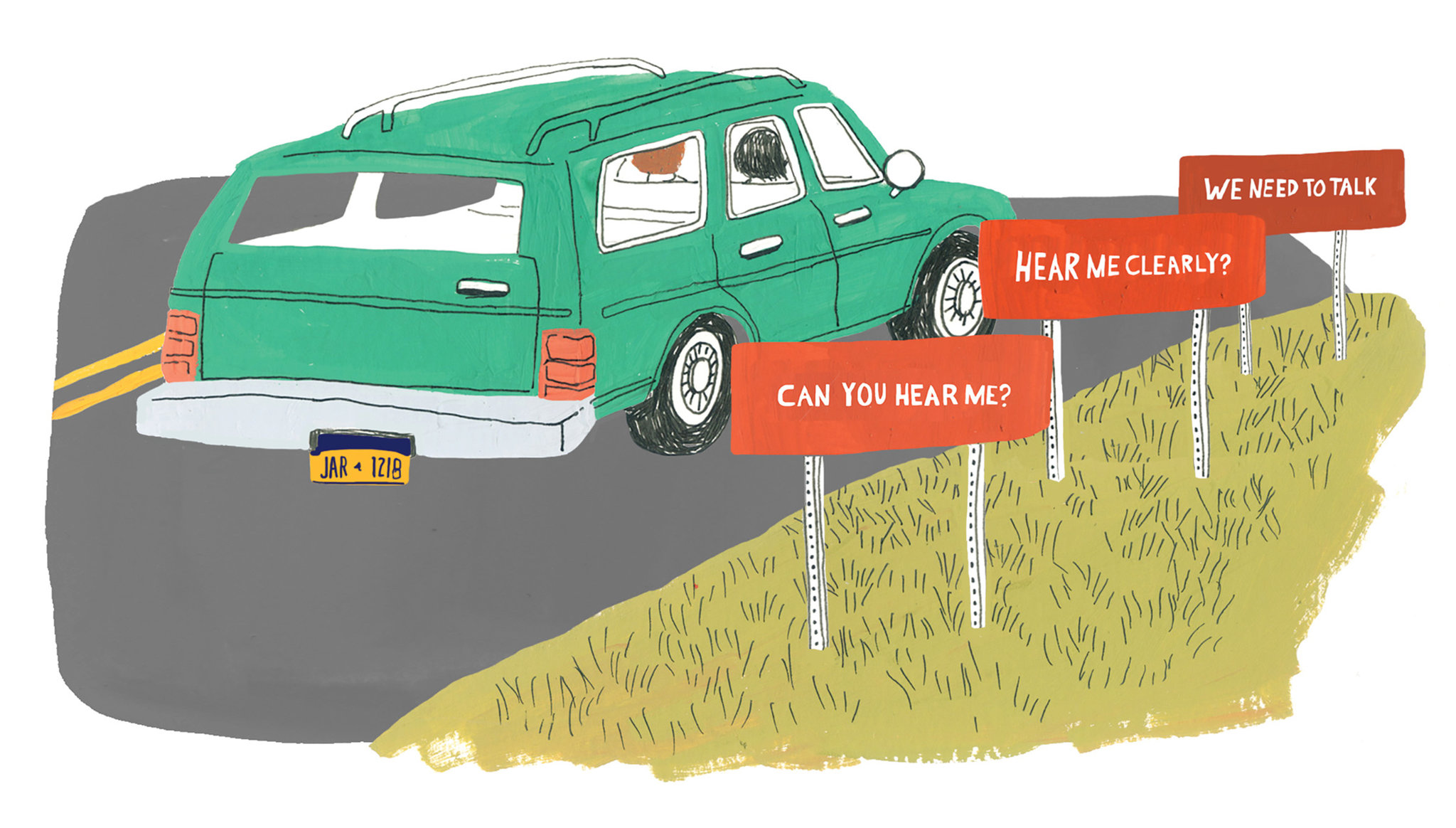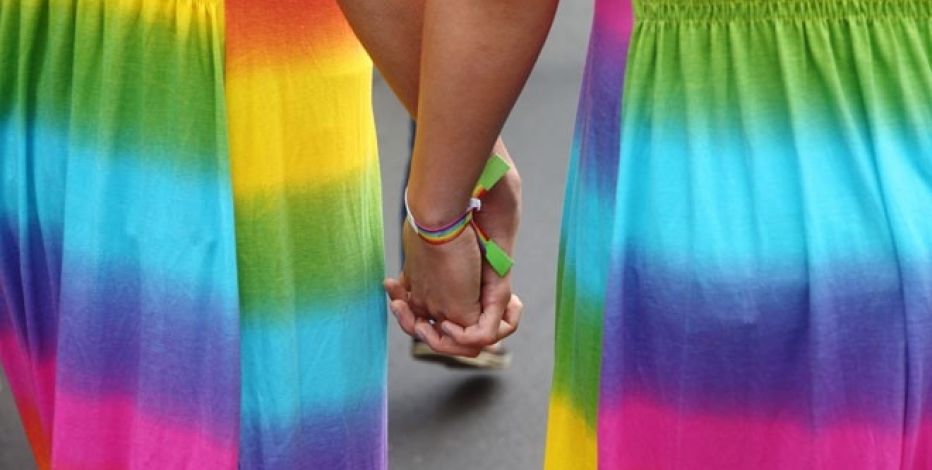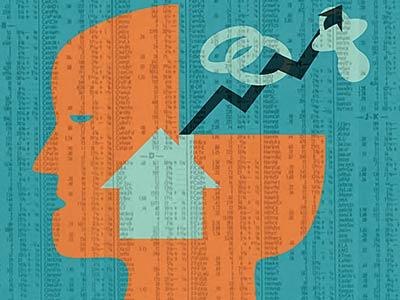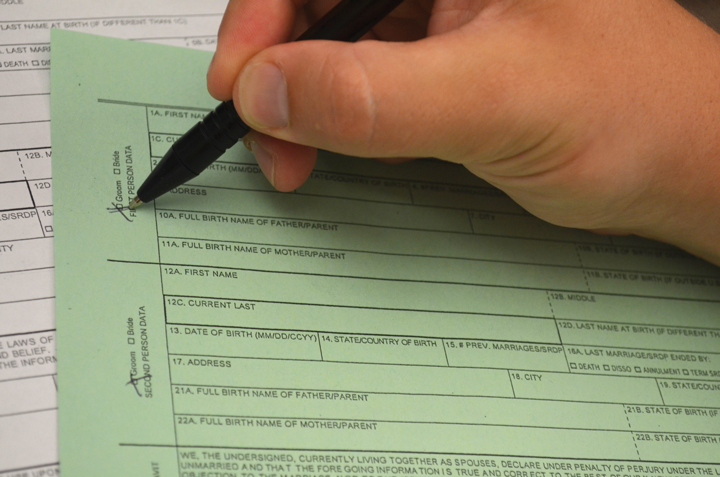It seemed like only a matter of time. After marriage equality was legalized by the Supreme Court in a 5-4 decision last June, the LGBT community both celebrated this historic victory and quietly girded its loins for the inevitable — the wave of same-sex breakups.
Just months after the verdict, states like Tennessee [3] and Mississippi [4] became home to their first gay divorcees. In Louisiana, a lesbian couple actually got divorced [5] before the first same-sex couple was married: Anna Wellman and Stephanie Baus were married in Massachusetts in 2009, and the passage of marriage equality allowed them to finalize their separation in their home state.
The onslaught of annulments was so seemingly unavoidable that some law firms are opening divisions that specialize in gay divorce. Last June, Conor Corcoran, an attorney in Philadelphia, announced [6] his firm was “proud to be the first… in the U.S. to practice in the field of gay divorce.” Corcoran is offering “Private Client Domestic Services, 24/7 and coast to coast, regardless of your sexual orientation.”
But as recent studies show, same-sex divorce may not be the booming industry we think it is.
The Netherlands’ Central Bureau of Statistics found that in the 15 years since the country passed marriage equality, same-sex couples have boasted a lower divorce rate overall than straight couples. According to a 2013 survey from CBS [7], the divorce rate for all couples is 36.3.
Same-sex marriages between two men had a comparatively high rate of success: Since same-sex couples were allowed to marry back in 2001, just 15 percent of male-male marriages have ended. The rate for female-female divorce is higher — at a still-modest 30 percent.
That research is backed up by a recent survey from the Williams Institute [8], which showed that the gay breakup rate is about half of what it is among their heterosexual counterparts: Overall, about two percent of married straight couples separate each year, compared to just one percent of gay couples. Those rates held steady in Britain and Wales: 2011 numbers from the Office of National Statistics showed [9] that, since 2005, straight couples were twice as likely to call it quits.
Why aren’t gay couples breaking up?
Part of it has to do with sheer demographics. Despite the fact that LGBT folks face disproportionate rates of poverty around the country, the opposite is true for those in long-term relationships: On average, same-sex couples have [10] a higher level of education and income than straight ones. Those are factors that correlate strongly [11] with successful relationships for reasons that should be obvious — everyone knows most couples fight about money, and if you have less money, you have more to fight about.
In the case of the Netherlands, one factor in the country’s enviable rate of successful gay marriages is that same-sex couples often wait longer to get married and generally tie the knot when they are older. 64 percent of straight couples got hitched before they were 35, while nearly 75 percent of gay men who got married waited until they were over 35.
In the United States, those same phenomena have been behind the plummeting divorce rate.
There’s a common myth [12] that 50 percent of stateside marriages end in divorce, but that hasn’t been true for decades. Breakup hysteria peaked in the 1970s, when the storied divorce [13] of Richard Burton and Elizabeth Taylor — who ended their marriage twice — put the issue in the national limelight. NPR’s Sarah Aslanian called it [14] the “divorce revolution,” saying that “gender roles were changing. It was OK for Mom to be a doctor and Dad to be a nurse. It was also increasingly OK to leave behind the confines of marriage.”
But those changes in gender norms and expectations have also led to healthier, happier marriages for everyone.
As many have noted, part of the reason that all relationships today last longer is because of factors like birth control and decreased gender parity in the household. Today’s couples are also more likely to cohabitate before marriage, waiting longer to get hitched. Couples also have the option of not getting married at all, meaning that those who make the commitment are more likely to be invested in it.
This latter effect partially explains why the divorce rate has been so low among the first wave of same-sex couples to be married in the US. Many of those who made it legal in the past year were those who had been waiting years — and even decades — to have their relationships recognized by the state.
Jack Evans and George Harris, an octogenarian couple, had been together for more than 50 years [15] before tying the knot in Dallas last year. Needless to say, it’s highly unlikely the pair will be needing Conor Corcoran’s services anytime soon.
But as increasing numbers of same-sex couples join them in wedded bliss, those numbers are likely to hold pretty steady, especially among gay men.
Danish psychologist Vibeke Nissen told [16] Psychology Today that women are more likely to initiate a divorce than men. This explains the slightly elevated rate of breakups among lesbian couples. “Women simply expect different things from marriage [17] than men do,” Nissen explained. “And if they don’t get them, they prefer to live alone.”
What gives both gay and lesbian couples, however, an advantage when it comes to marriage is the lack of societal expectations around same-sex unions.
Because marriage is such a new concept when it comes to queer couples, it means same-sex partners are forced to set their own boundaries and rules when it comes to commitment — and even monogamy. A study conducted back in the 1980s [18] found that 82 percent of men in a long-term commitment with another man had had sex with someone outside of their relationship. A survey conducted three decades later by researchers at the San Francisco State University found [19] that about half of gay couples were in open relationships.
Whether it’s open marriages or just committed partners who play, “open gay relationships actually [last] longer,” as Scott James claimed [20] in his 2010 piece in the New York Times. That’s not to say that being monogamous is better — rather, that relationships benefit when each party mutually decides what kind of relationship is best for them.
Because many straight people may inherit from their parents their definitions of what marriage is, they might not have the same flexibility in terms of sexual boundaries or even just communication.
The long-held fear among Republicans was that recognizing gay relationships would fundamentally destroy the institution of marriage — but, if anything, equality has only made marriage stronger. It might sound like anathema to social conservatives, but heterosexuals could learn a lot from gay couples about what it means to stay together or how to define your own relationship for yourself.
There’s a reason divorce proved to be such a powerful shift in the history of marriage in the US: Before they were told they could leave their relationships, many couples never realized those unions are a choice.
Four decades after Richard Burton and Elizabeth Taylor first said “I don’t,” well… that revolution isn’t over.
This story [21] by Nico Lang [22] originally appeared on Ravishly [23], a feminist news+culture website.
Follow us on Twitter [24] & Facebook [25] and check out these related stories:
On Bisexual Erasure In The Queer Community [26]
It’s The Casual Homophobia That Hurts My Family Most [27]
Sexual Fluidity: Queer, Straight, And Anything Else You’re Feeling [28]
Nico Lang is a contributor to the L.A. Times and Huffington Post. He is the author of the novel, “The Young People Who Traverse Dimensions While Wearing Sunglasses” (Thought Catalog, 2013)

